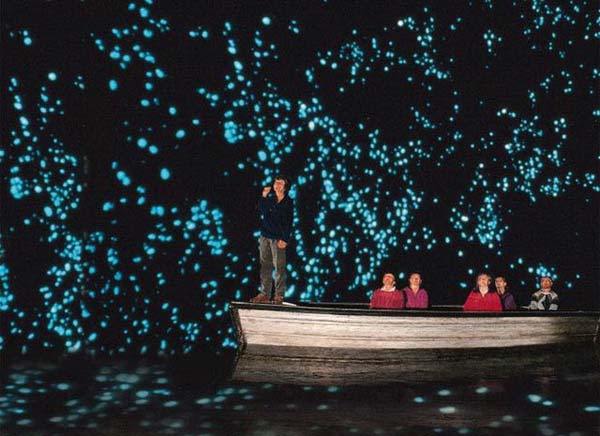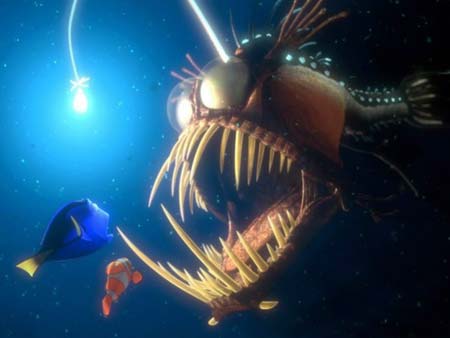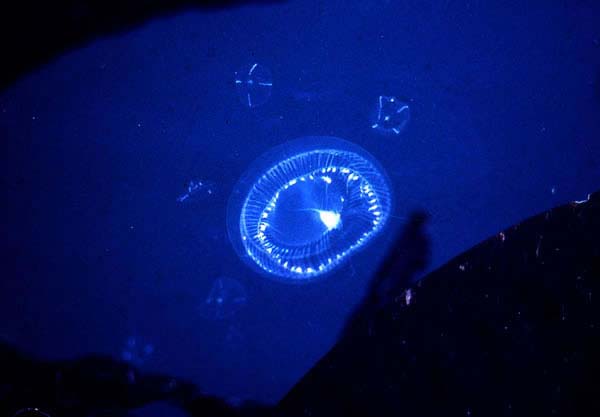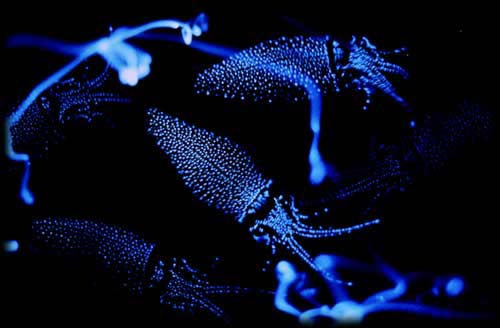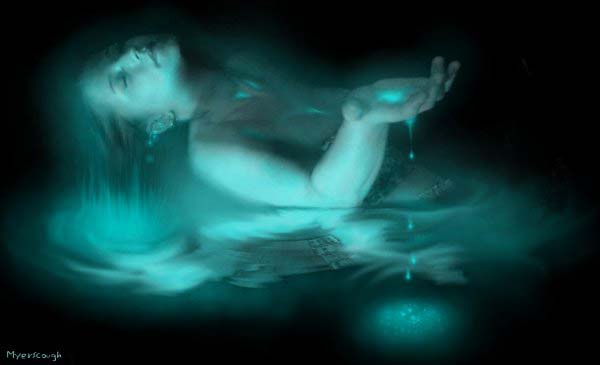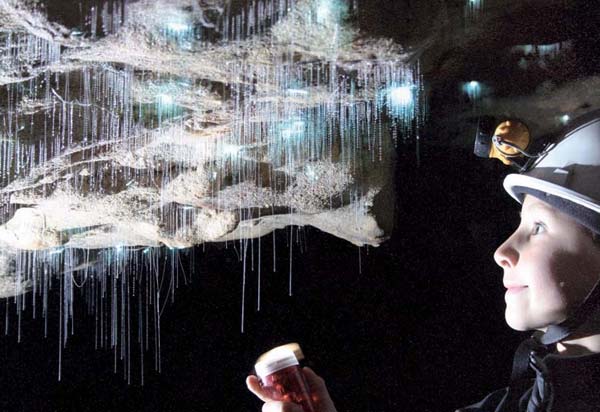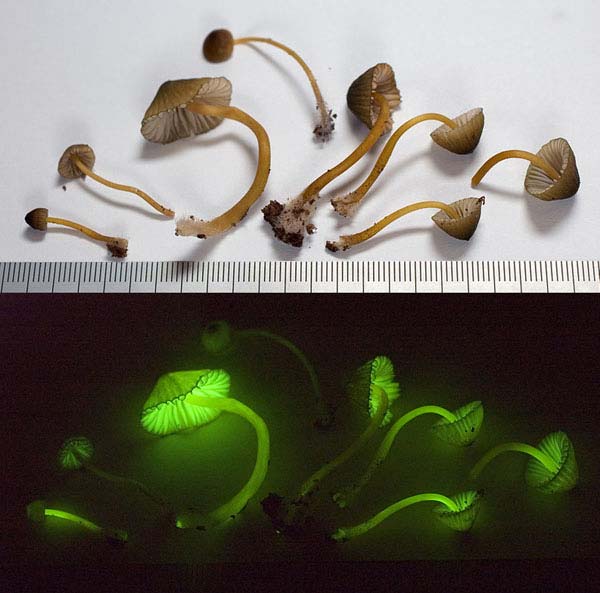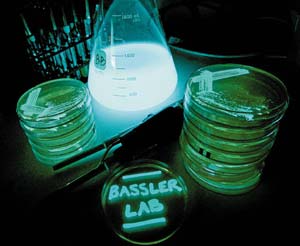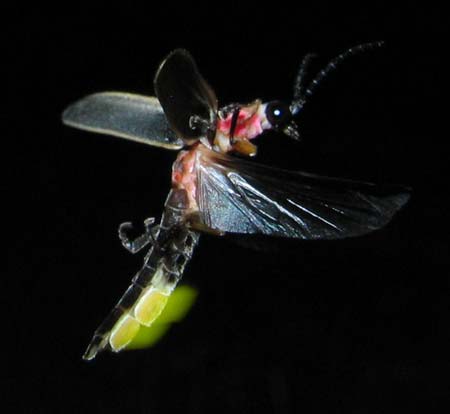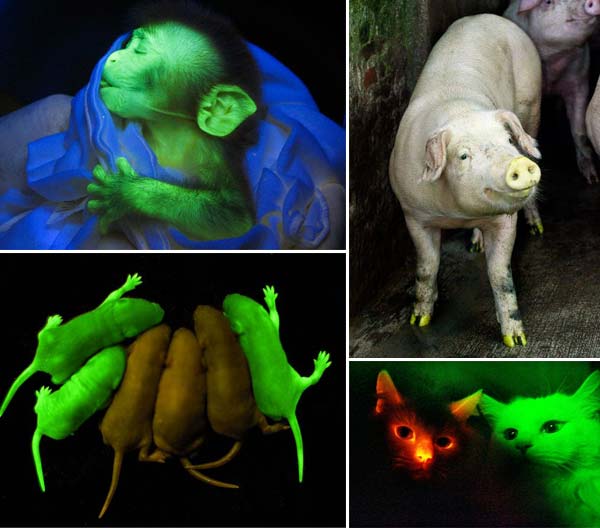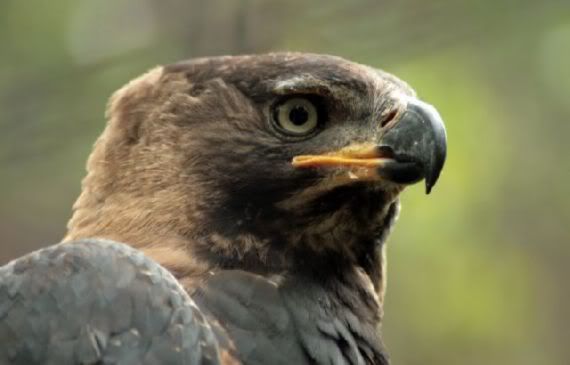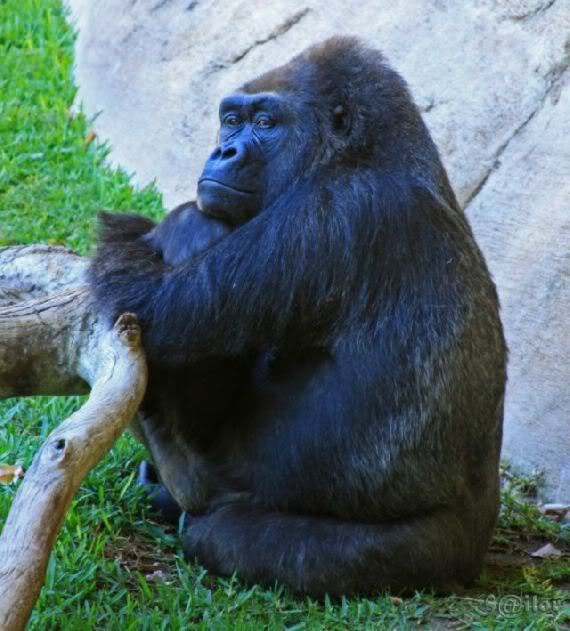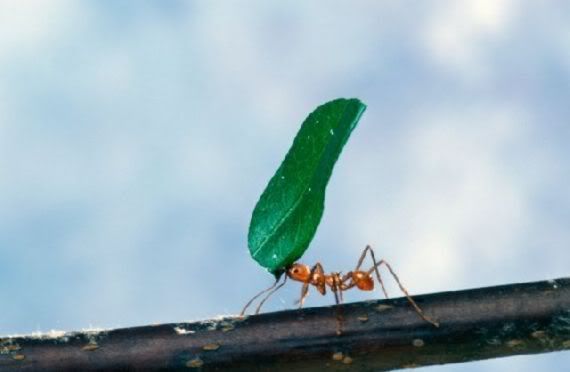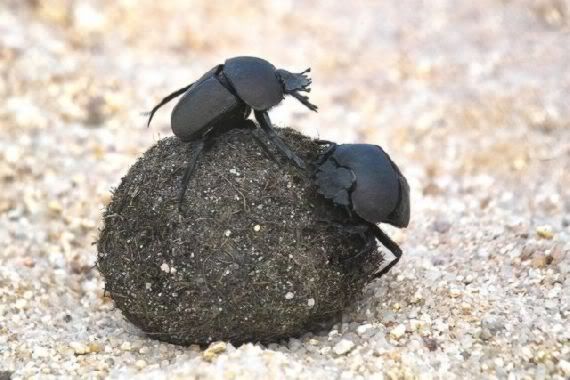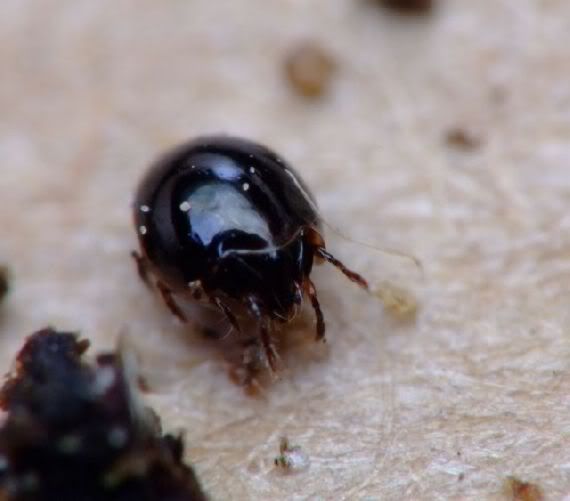Google recently refreshed its list of the top 1,000 sites on the web.
The sites are ranked in terms of unique viewers, based on data gathered by Double-click Ad Planner. Google explains how this advertising service determines a website's weight: "Double Click Ad Planner combines information from a variety of sources including anonymized, aggregated Google Toolbar data from users who have opted in to enhanced features, publisher opt-in anonymous Google Analytics data, opt-in external consumer panel data, and other third-party market research."
The top 1,000 list is far from definitive, though. Google has left off specific kinds of websites, such as "adult sites, ad networks, domains that don't have publicly visible content or don't load properly, and certain Google sites." So if you're wondering why Google, for example, doesn't appear anywhere on the list, that's why.
10 . Microsoft

Category: Software
Unique visitors (users): 340,000,000
Reach: [/s2]18.3%[/s2]
Page views: 2,700,000,000
9 . Bing

Category: Search Engines
Unique visitors (users): 340,000,000
Reach: 18.3%
Page views: 11,000,000,000
8 . Baidu

Category: Search Engines
Unique visitors (users): 340,000,000
Reach: 18%
Page views: 110,000,000,000
7 . BLOG SPOT

Category: Blogging Resources & Services
Unique visitors (users): 410,000,000
Reach: 21.9%
Page views: 5,400,000,00
6 . MSN

Category: Web Portals
Unique visitors (users): 450,000,000
Reach: 24%
Page views: 15,000,000,000
5 . Wikipedia

Category: Dictionaries & Encyclopedias
Unique visitors (users): 490,000,000
Reach: 26.2%
Page views: 7,000,000,000
4 . Live

Category: Search Engines
Unique visitors (users): 550,000,000
Reach: 29.3%
Page views: 36,000,000,000
3 . Yahoo

Category: Web Portals
Unique visitors (users): 660,000,000
Reach: 35.3%
Page views: 77,000,000,000
2 . YouTube

Category: Online Video
Unique visitors (users): 800,000,000
Reach: 42.7%
Page views: 100,000,000,000
1 . Facebook

Category: Social Network
Unique visitors (users): 880,000,000
Reach: 47.2%
Page views: 910,000,000,000
The sites are ranked in terms of unique viewers, based on data gathered by Double-click Ad Planner. Google explains how this advertising service determines a website's weight: "Double Click Ad Planner combines information from a variety of sources including anonymized, aggregated Google Toolbar data from users who have opted in to enhanced features, publisher opt-in anonymous Google Analytics data, opt-in external consumer panel data, and other third-party market research."
The top 1,000 list is far from definitive, though. Google has left off specific kinds of websites, such as "adult sites, ad networks, domains that don't have publicly visible content or don't load properly, and certain Google sites." So if you're wondering why Google, for example, doesn't appear anywhere on the list, that's why.
10 . Microsoft

Category: Software
Unique visitors (users): 340,000,000
Reach: [/s2]18.3%[/s2]
Page views: 2,700,000,000
9 . Bing

Category: Search Engines
Unique visitors (users): 340,000,000
Reach: 18.3%
Page views: 11,000,000,000
8 . Baidu

Category: Search Engines
Unique visitors (users): 340,000,000
Reach: 18%
Page views: 110,000,000,000
7 . BLOG SPOT

Category: Blogging Resources & Services
Unique visitors (users): 410,000,000
Reach: 21.9%
Page views: 5,400,000,00
6 . MSN

Category: Web Portals
Unique visitors (users): 450,000,000
Reach: 24%
Page views: 15,000,000,000
5 . Wikipedia

Category: Dictionaries & Encyclopedias
Unique visitors (users): 490,000,000
Reach: 26.2%
Page views: 7,000,000,000
4 . Live

Category: Search Engines
Unique visitors (users): 550,000,000
Reach: 29.3%
Page views: 36,000,000,000
3 . Yahoo

Category: Web Portals
Unique visitors (users): 660,000,000
Reach: 35.3%
Page views: 77,000,000,000
2 . YouTube

Category: Online Video
Unique visitors (users): 800,000,000
Reach: 42.7%
Page views: 100,000,000,000
1 . Facebook

Category: Social Network
Unique visitors (users): 880,000,000
Reach: 47.2%
Page views: 910,000,000,000





 00:47
00:47
 MY WEBS
MY WEBS

